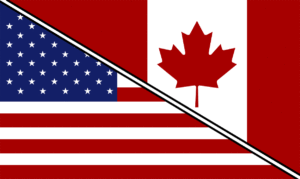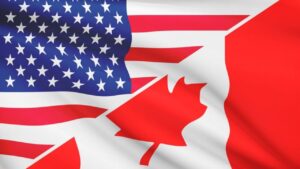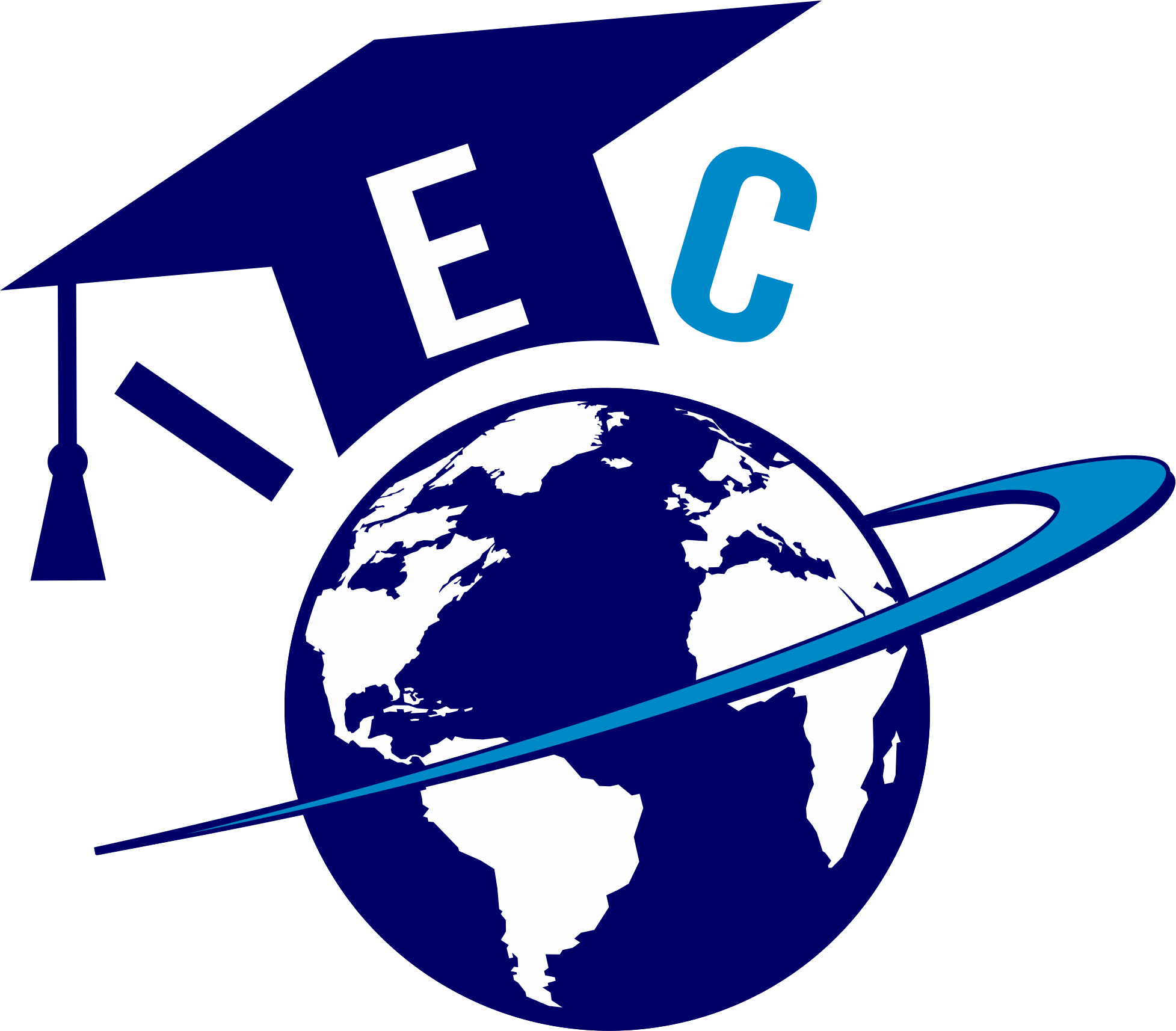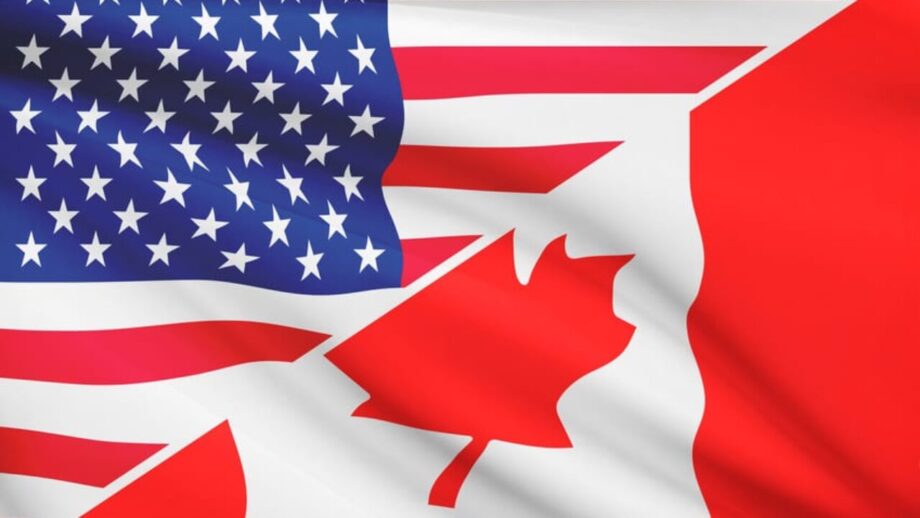Immigration to Canada from the US

Immigration to Canada from the United States: A Comprehensive Guide
Introduction
Immigration is an essential part of Canada's identity, and the country is known for its welcoming policies toward immigrants. Canada offers a variety of programs for people who wish to move there, including skilled workers, family members, and students. Many individuals from the United States (U.S.) seek to move to Canada for different reasons, such as better work opportunities, an enhanced quality of life, or to reunite with family. This 2000-word essay will explore the process, requirements, and challenges of immigrating to Canada from the U.S. It will cover several immigration pathways, including economic, family, and refugee programs, and provide insight into what potential immigrants can expect during their journey.
Overview of Canada's Immigration System: Immigration to Canada from the US
Canada's immigration system is known for being one of the most progressive and diverse in the world. The country operates under the Immigration and Refugee Protection Act (IRPA), which defines the rules for immigration, refugee protection, and citizenship. Canada's immigration policies are designed to attract individuals who will contribute to the country's economy, culture, and overall growth.
Key Immigration Pathways
Canada offers multiple immigration pathways, each designed to meet different needs. These pathways can be broken down into the following categories:
- Economic Immigration
- Family Sponsorship
- Refugee and Humanitarian Programs
- Provincial Nominee Programs (PNPs)
Each of these programs offers different eligibility requirements, processing times, and benefits for U.S. citizens interested in becoming Canadian residents.
1. Economic Immigration: Immigration to Canada from the US
Economic immigration is the most common pathway for individuals from the U.S. seeking to move to Canada. This category is geared toward skilled workers, business owners, and entrepreneurs. The federal government, along with individual provinces and territories, has created several programs designed to attract individuals with the skills and experience necessary to contribute to Canada’s economy.
Express Entry System: Immigration to Canada from the US
The Express Entry system is one of the most popular and efficient ways for skilled workers from the U.S. to immigrate to Canada. It is an online application management system used by Immigration, Refugees, and Citizenship Canada (IRCC) to process applications for three main federal immigration programs:
- Federal Skilled Worker Program (FSWP): For individuals with work experience in specific skilled occupations.
- Federal Skilled Trades Program (FSTP): For skilled tradespeople with experience in fields like construction, electrical, or plumbing work.
- Canadian Experience Class (CEC): For individuals who already have Canadian work experience.

Eligibility for Express Entry: Immigration to Canada from the US
The eligibility requirements for Express Entry are based on the Comprehensive Ranking System (CRS), which assigns points based on factors such as:
- Age
- Education
- Work experience
- Language proficiency (in English or French)
- Whether the individual has a job offer or a nomination from a province
Individuals with the highest CRS scores are invited to apply for permanent residency through regular draws. The process is generally quicker compared to other immigration methods, with most applications processed within six months.
Provincial Nominee Programs (PNPs): Immigration to Canada from the US
In addition to the federal Express Entry system, each province and territory in Canada operates its own Provincial Nominee Program (PNP). PNPs allow provinces to select immigrants who meet their specific labor market needs. Many PNPs are linked to the Express Entry system, allowing individuals to receive extra points on their CRS score if they receive a nomination from a province.
For U.S. citizens, the PNPs offer an alternative route to Canadian immigration, particularly for those who may not meet the federal Express Entry requirements but have skills or experience in demand in a specific province. Commonly in-demand occupations include healthcare workers, technology specialists, engineers, and tradespeople.
2. Family Sponsorship
Another common pathway for U.S. citizens wishing to immigrate to Canada is through family sponsorship. This process allows Canadian citizens and permanent residents to sponsor close family members for permanent residency in Canada.

Eligibility for Sponsorship: Immigration to Canada from the US
- Be a Canadian citizen or permanent resident
- Be at least 18 years old
- Be able to financially support the sponsored relative and their dependents, if applicable
The family members who can be sponsored include:
- Spouses or common-law partners
- Dependent children (including adopted children)
- Parents and grandparents
- Other eligible relatives under special circumstances (e.g., orphaned relatives)
Process of Sponsorship: Immigration to Canada from the US
The sponsorship process involves several steps:
- Application Submission: The sponsor and the sponsored individual must submit their respective applications to the IRCC. The sponsor must provide proof of financial support, and the sponsored individual must provide personal documentation (such as identification, background checks, etc.).
- Processing Time: The processing time varies based on the relationship between the sponsor and the applicant. Spousal and partner applications tend to be processed faster than those for parents or other relatives.
- Approval and Permanent Residency: Once the application is approved, the family member will be granted permanent residency in Canada.
Family sponsorship is an excellent option for U.S. citizens who have family members living in Canada and wish to reunite with them.
3. Refugee and Humanitarian Programs: Immigration to Canada from the US
While the majority of U.S. citizens immigrating to Canada do so through economic or family pathways, some individuals may apply for refugee status or humanitarian protection. Refugees are individuals who are fleeing persecution, violence, or conflict in their home country. Humanitarian applicants are those who seek refuge in Canada due to unique circumstances, such as health issues, human rights violations, or other dire situations.
Refugee Status
Refugee status is granted to individuals who meet the definition of a refugee under the United Nations Refugee Convention. Refugees can apply for protection from within Canada or from abroad. However, most U.S. citizens are not typically eligible for refugee status, as they generally do not face the same level of persecution or danger as people from conflict-ridden countries.
That said, there may be exceptional cases where U.S. citizens can apply for refugee status if they are facing specific risks, such as political persecution or threats to their safety. Refugee claims are carefully assessed, and applicants must provide credible evidence to support their claim.
Humanitarian and Compassionate Grounds: Immigration to Canada from the US
In some cases, U.S. citizens who may not qualify as refugees but face unique circumstances can apply for permanent residency on humanitarian and compassionate grounds. This program considers factors like:
- The applicant's establishment in Canada (e.g., family, work, or community ties)
- The hardship the applicant would face if required to return to the U.S.
- The best interests of any children involved
Humanitarian and compassionate applications are considered on a case-by-case basis, and the decision-making process can be lengthy and complex.

4. Study Permits and Post-Graduation Work Permits: Immigration to Canada from the US
Many U.S. citizens immigrate to Canada initially on a study permit, particularly those pursuing higher education at Canadian universities and colleges. A study permit allows an individual to live and study in Canada for the duration of their academic program.
Study Permits
- Prove that they have sufficient funds to cover tuition fees, living expenses, and travel costs
- Be a law-abiding citizen with no criminal record (a police certificate may be required)
After completing their studies, U.S. citizens may be eligible for a Post-Graduation Work Permit (PGWP), which allows them to gain Canadian work experience. A PGWP can lead to permanent residency if the individual gains sufficient work experience.
5. Challenges and Considerations: Immigration to Canada from the US
While immigrating to Canada from the U.S. offers many opportunities, there are also challenges that applicants must be aware of. Some common challenges include:
Processing Times
Processing times for certain immigration pathways, particularly for family sponsorship or humanitarian applications, can be lengthy. Express Entry is faster, but some applicants may still face delays depending on their CRS score or specific circumstances.
Proof of Funds
Many immigration programs require applicants to prove that they have sufficient funds to support themselves and their family members. This can be a significant barrier for individuals who do not have sufficient savings or income.
Language Proficiency: Immigration to Canada from the US
For many programs, applicants must demonstrate proficiency in English or French through standardized language tests such as the IELTS or TEF. This may be an obstacle for some U.S. citizens, especially if their primary language is not English or if they do not meet the required language score.
Conclusion
Immigrating to Canada from the United States is an exciting opportunity, with various pathways for individuals seeking to build a new life in one of the world’s most welcoming countries. Whether through economic immigration, family sponsorship, or study permits, U.S. citizens can find avenues that match their skills, needs, and life goals. While the immigration process can be complex and time-consuming, Canada's strong economy, diverse culture, and high quality of life make it an attractive destination for many.
In case, if you need help with Immigration to Canada from the US, please fill in application below or contact us directly.

